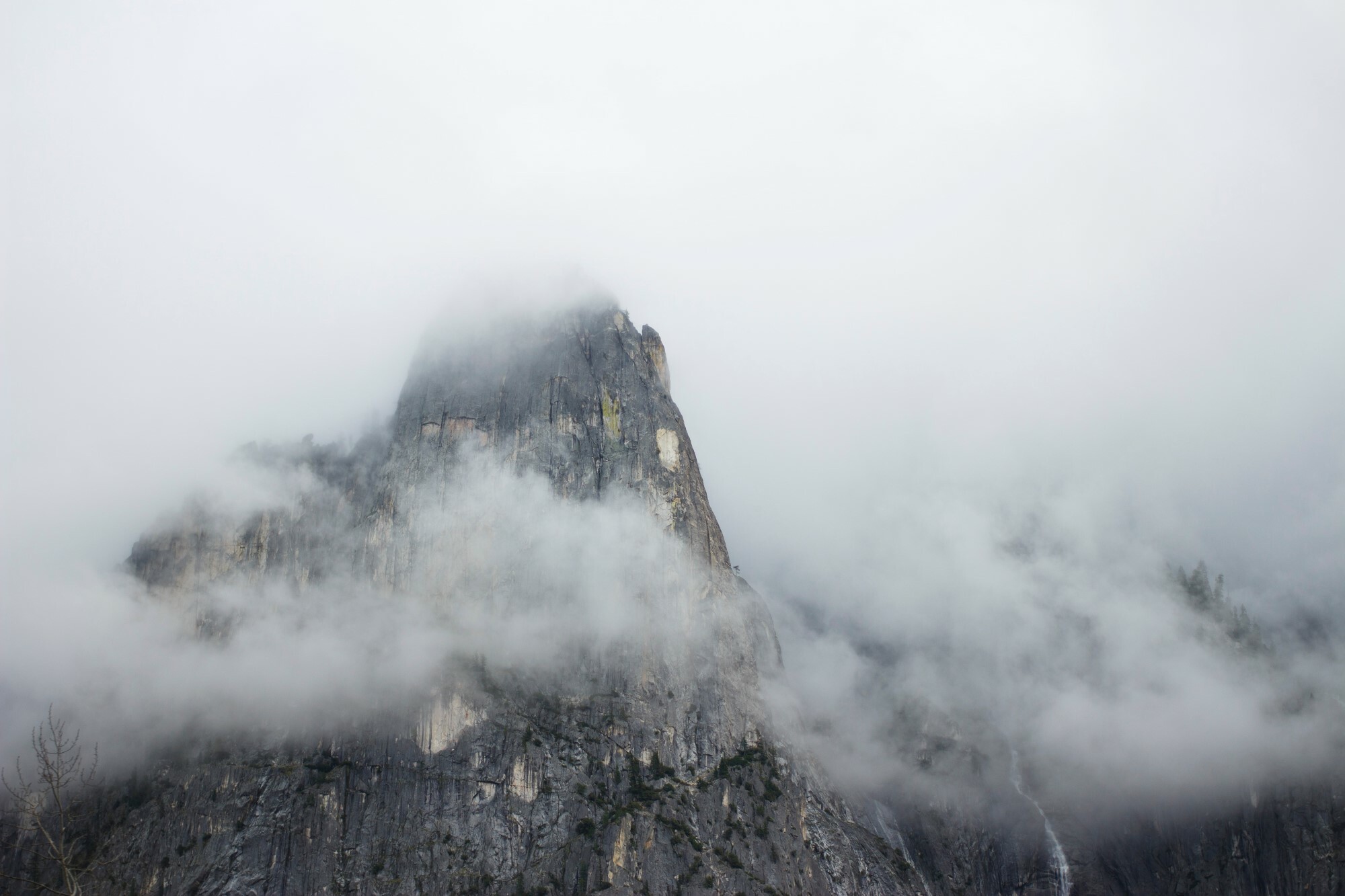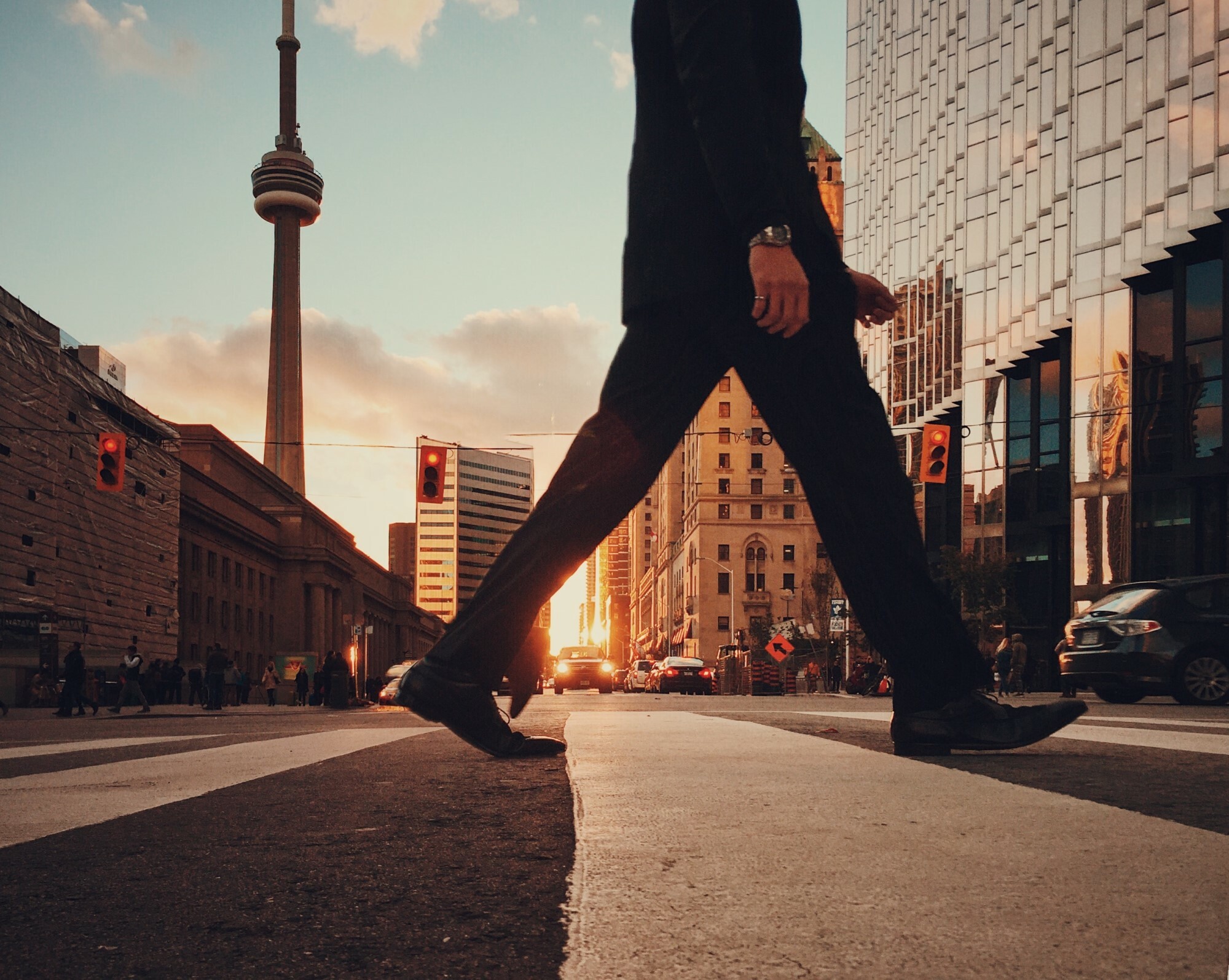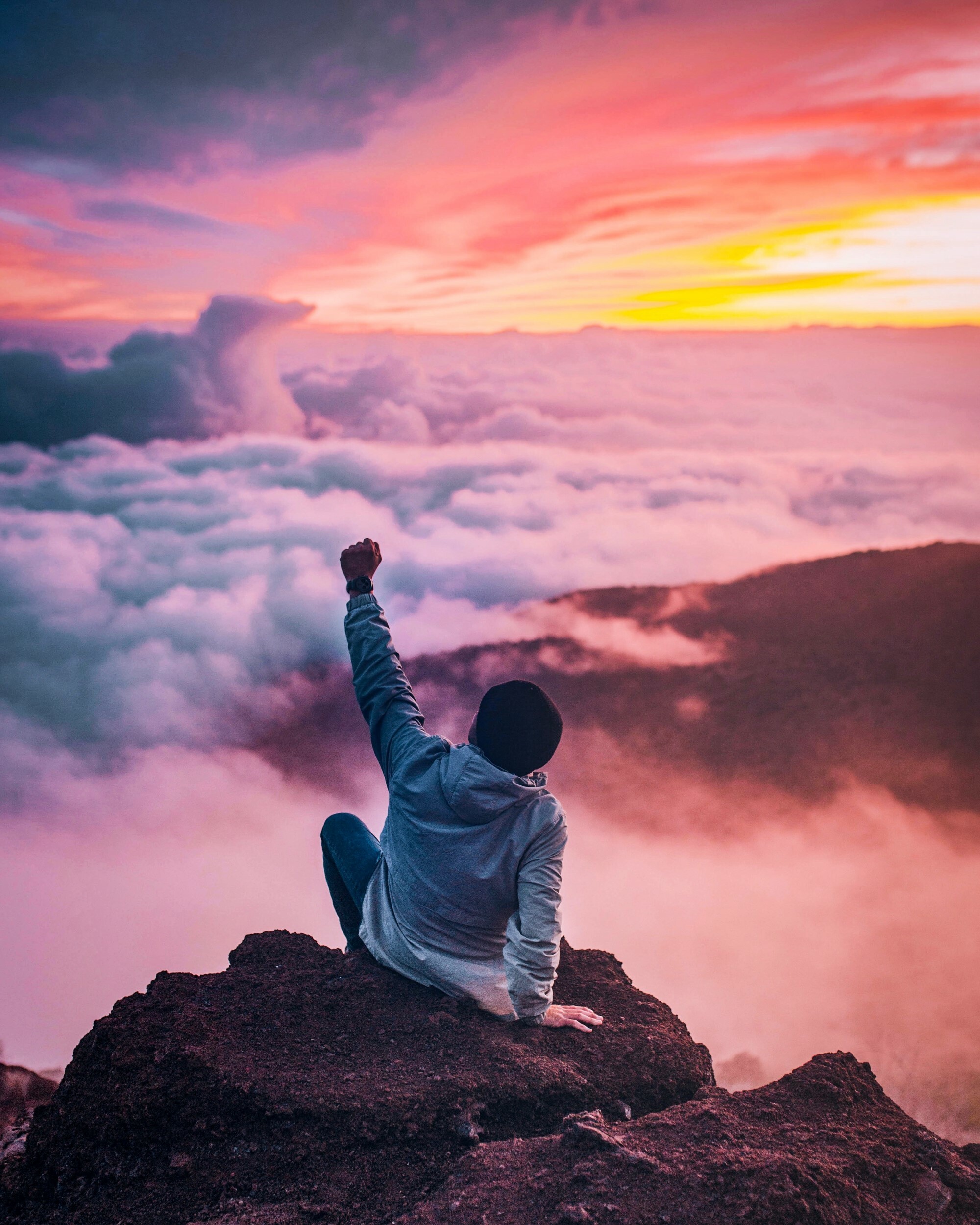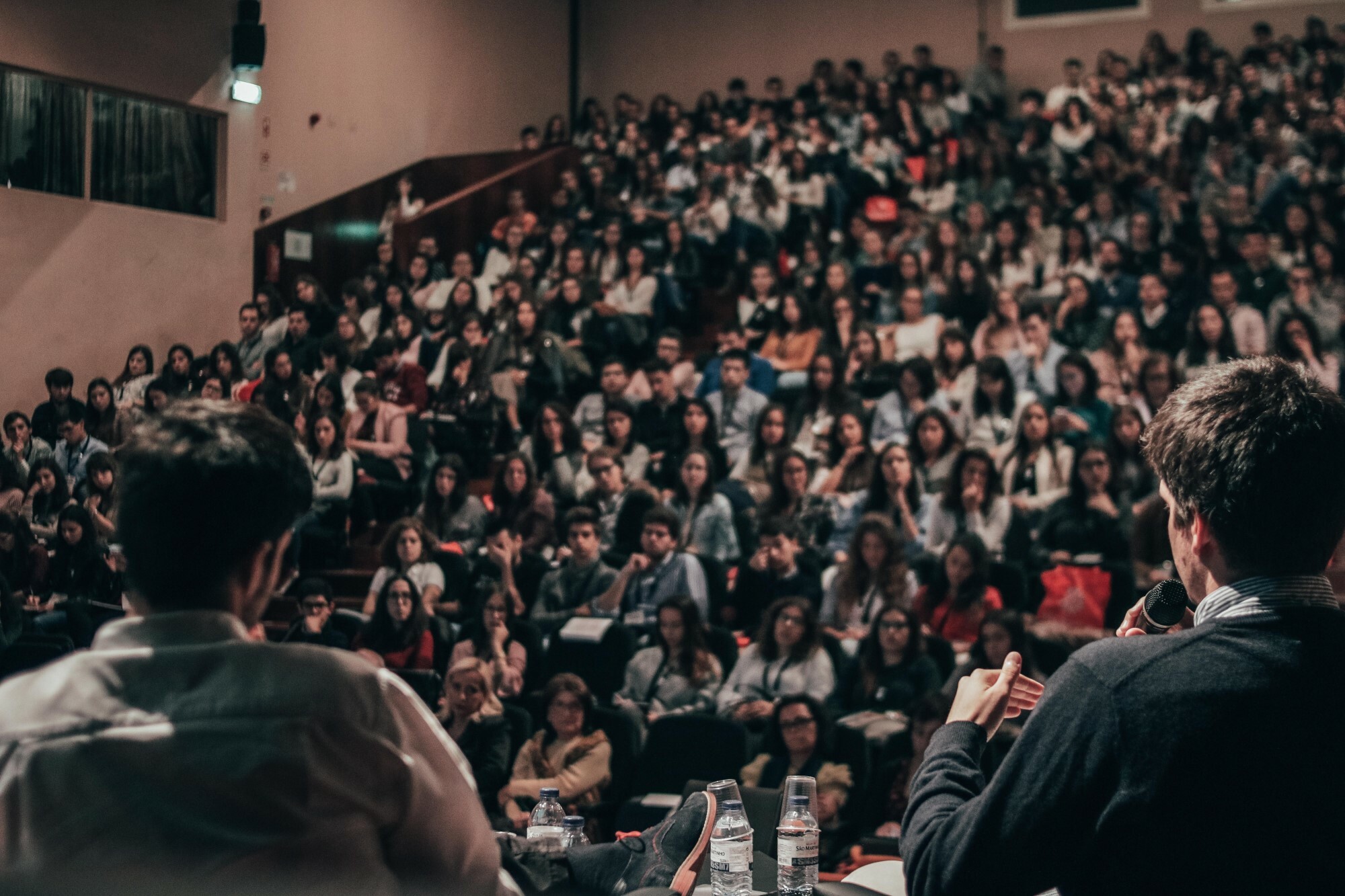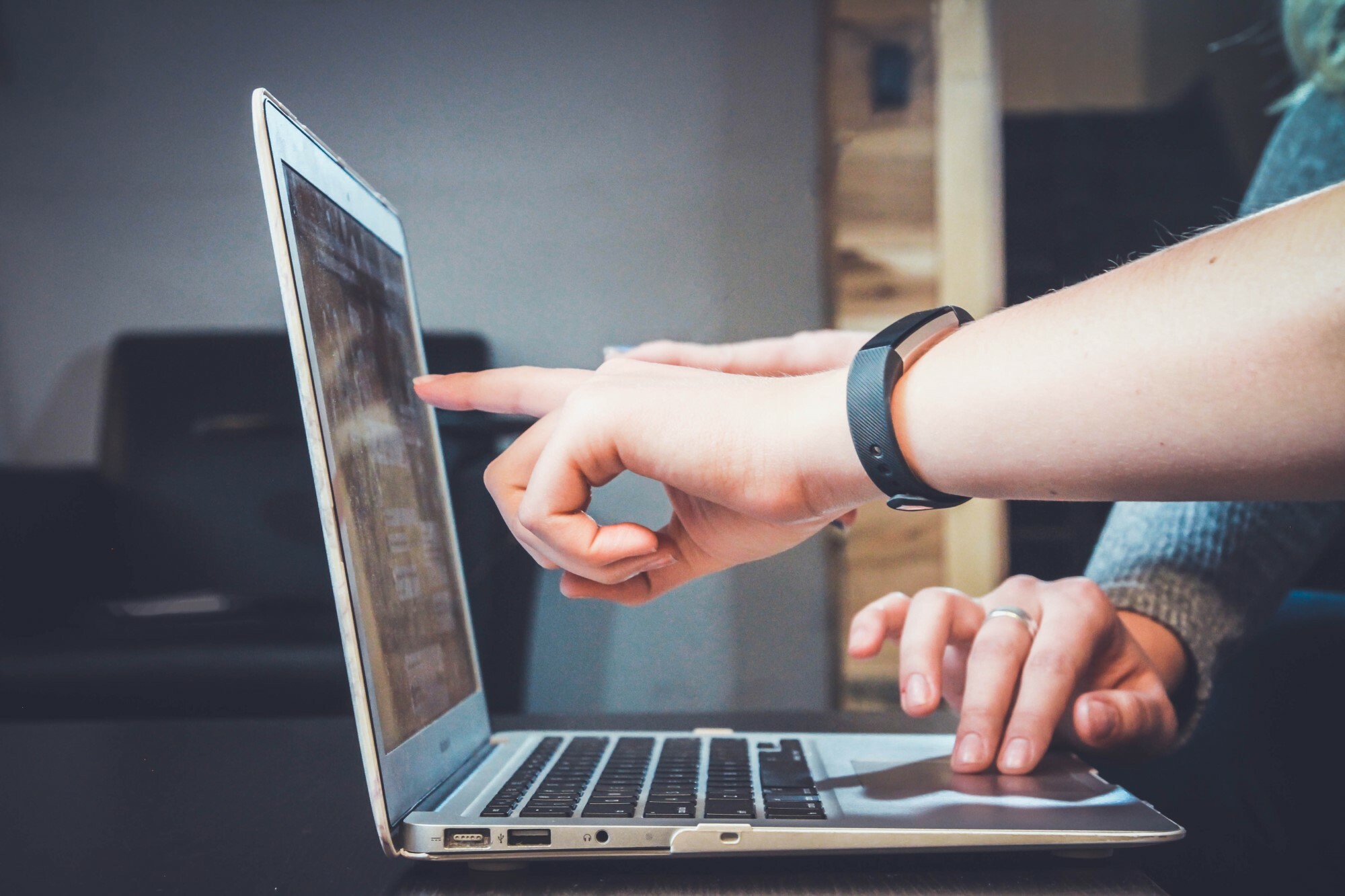This activity is designed for use with one or more small groups. Some of the content is sensitive in nature. It takes 45 to 60 minutes.
Consider whether the notes and activity materials are appropriate for the young people you are working with, given factors like their age and stage of development.
Aims
To encourage and support young people to:
- Be able to reflect on what privilege and power are and how they impact on their own lives and the lives of others
- Understand why it is important to reflect on privilege and power
- Consider what they can do to be more aware of privilege and power
- Consider tangible actions they can take after recognising their privilege and power to improve gender inequality
Learning outcomes
At the conclusion of this activity participants should:
- Be able to reflect on what privilege and power is and how they impact on their own lives (as young people) and the lives of others
- Understand why it is important to reflect on privilege and power
- Consider what they can do to be more aware of privilege and power
- Consider tangible actions they can take after recognising their privilege and power to improve gender inequality.
Preparation
- Facilitators who plan to use this activity need to have an understanding of concepts associated with power, privilege and discrimination. To assist in building and strengthening this required knowledge, consider reviewing Gender equality, power and privilege.
- Carefully review the cartoons and facilitator notes in advance to determine the suitability of this activity for the young people you work with.
- Consider your audience and whether there are any additional examples you might highlight/include that are relevant.
- Consider your audience and whether there are any sensitivities you will need to address based on the composition of the group. Research and plan for this, it will allow you to create a safe space for critical reflection for your participants.
Time required
- Allow a minimum of 45 minutes and maximum of 1 hour.
- Remember to allow time to establish a group agreement or to reaffirm an existing group agreement.
Materials
You will need:
- Flip-chart or whiteboard and markers.
- Laptop and projector screen OR printed handouts or posters of the comic strips for use during the session.
- Comic strips for activity.
Part 1: Introduction and discussion about comic strips
Duration: 30-40 minutes
- Outline the purpose of the session – refer to the activity aims.
- Explain to participants that you are going to reflect on what a range of cartoon/comic strip images say about privilege and discrimination. You may ask participants to split into three small groups, giving each group a different cartoon, or move through discussing each cartoon as a whole group.
- Draw from the questions and prompts below to facilitate reflection and discussion.
Comic 1
The Pencilsword: On a plate by Toby Morris. This comic highlights the different experiences of privilege and inequality of Richard and Paula over their lifetimes.
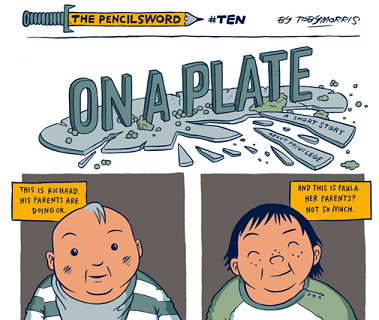
(View the live animated GIF of this comic here.)
Comic 2
Meritocracia by Carlin. This comic highlights the privileges that white men have, and the obstacles that many women often face.

(Find this image here.)
Comic 3
Equality, Equity, Justice. Original source unknown. This comic illustrates varying approaches to addressing privilege and inequality.
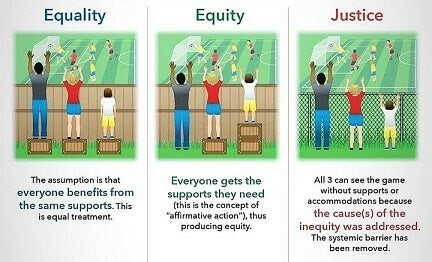
Find the 'Equality, Equity, Justice' comic here.
This exercise involves prompting participants with sets of questions before revealing a part of the Equality, Equity, Justice comic. You can either use this downloadable PDF of the images, or copy and paste the images directly from this page.
Before showing the first image ask:
After some initial discussion, show the first 'Equality' image (PDF page 1) – without the caption.

Reveal the second 'Equality' image (PDF page 2) – with the caption, to wrap up this part of the discussion.

Show the first 'Equity' image (PDF page 3) – without the caption.

Reveal the second 'Equity' image (PDF page 4) – with the caption, to wrap up this part of the discussion.
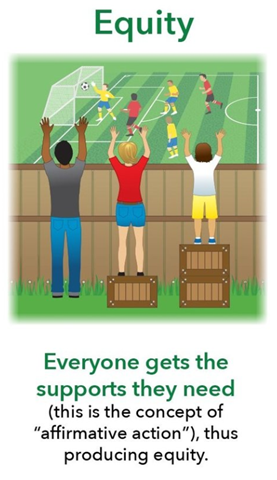
Show the first 'Justice' image (PDF page 5) – without the caption.

Reveal the second 'Justice' image (PDF page 6) – with the caption, to wrap up this part of the discussion.
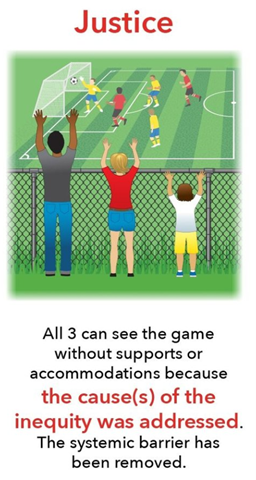
Then present the full 'Equality, Equity, Justice' image (PDF page 6) to wrap up the conversation.
Part 2: Group discussion: reflecting on privilege and power
Duration: 15-20 minutes
Part 3: Conclusion
Duration: 5 minutes
Summarise the session by making the following key points:
- Privilege is an unearned benefit, opportunity or advantage that someone has because of one or more facets of their identity – including their race, religion, gender, sexuality, class/wealth or ability.
- Holding privilege often results in having access to opportunities and power, while not holding privilege can result in experiencing discrimination and having limited access to power.
- Privilege is situational – people can be both privileged and oppressed in different ways depending on the situation or setting.
- Privilege is often ‘invisible’ to those who have it.
- Power and privilege are unequally distributed across society.
- Critical reflection on our own privilege and power is a key step to promoting equality, including gender equality.

